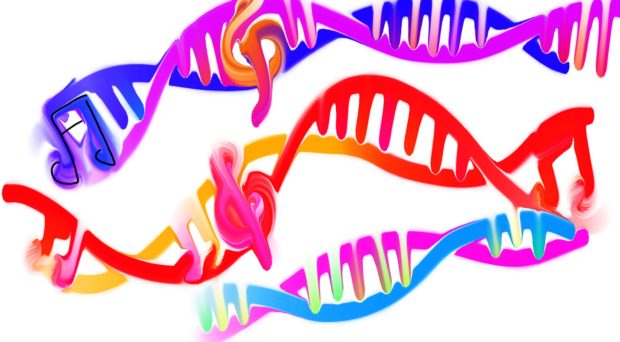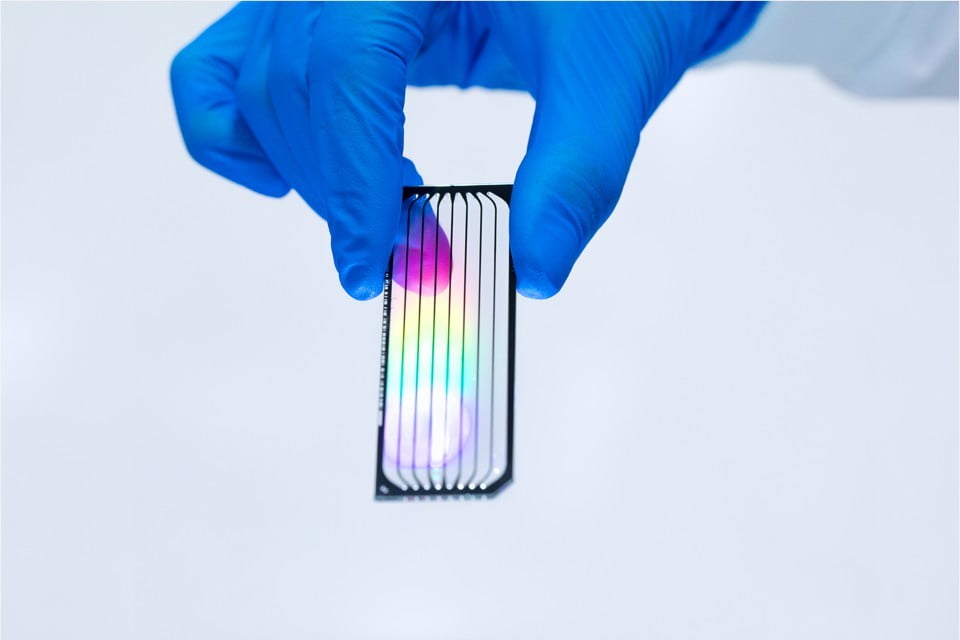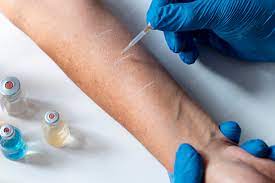
A completely new category of microscopy has been invented by researchers in the US. Dubbed DNA microscopy, the technique tags RNA molecules with a range of DNA “barcodes” which in turn flag the identity and location of the molecules, even when they’re stacked on top of each other.
Ever since Galileo’s compound microscope in the early 17th century, the field of microscopy has been getting bigger, while the wonders we’ve been able to observe have become much, much smaller. The advent of electron and fluorescence microscopy has taken us even closer than we ever imagined, and we can now observe matter smaller than 0.2 micrometers, thanks to the development of super-resolved fluorescence microscopy.
Search online for the main categories of microscopy and you’ll stumble across a myriad of interpretations, but in the paper published yesterday, the researchers have defined the categories of acquiring microscopic images to date thusly: either (1) detecting electromagnetic radiation (e.g. photons or electrons) that has interacted with or been emitted by a sample, or (2) interrogating known locations by physical contact or ablation (e.g. dissection).
According to postdoctoral researcher and lead author, Joshua Weinstein, DNA microscopy is entirely new because it employs neither of these methods. Instead of relying on optics, DNA microscopy presents a chemically-encoded method which maps the relative positions of molecules, capturing both spatial and genetic information simultaneously from a single specimen.
“DNA microscopy gives us microscopic information without a microscope-defined coordinate system,” says Weinstein. “We’ve used DNA in a way that’s mathematically similar to photons in light microscopy. This allows us to visualize biology as cells see it and not as the human eye does. We’re excited to use this tool in expanding our understanding of genetic and molecular complexity.”

The method is surprisingly simple, requires no specialized equipment, and enables many samples to be processed at the same time, yet it’s powerful enough to show how particular cells – like cancer, gut or immune cells – interact with one another.
It all begins with a specimen, a pipette and a reaction chamber. Cells are grown in the lab and fixed into position in a reaction chamber, and a selection of DNA bar codes are added. These bar codes attach to specific RNA molecules, thereby tagging them.
A chemical reaction is employed to duplicate each tagged molecule over and over, creating a cluster of duplicate molecules expanding around the original location. Molecules closer together will collide more often as the expansion continues, making bigger, brighter clusters – like little radio towers, broadcasting their signals outward – while those further apart won’t grow as large. Finally the tagged molecules are collected, sequenced and decoded in order to create a physical image of their relative positions within the sample.
Speeding the development of immunotherapy treatments by identifying the immune cells best suited to target a particular cancer cell is but one of the many potential application for DNA microscopy. The study authors are hopeful that this exciting methodology will inspire other scientists to come up with new and exiting uses for it.
[“source=newatlas”]









